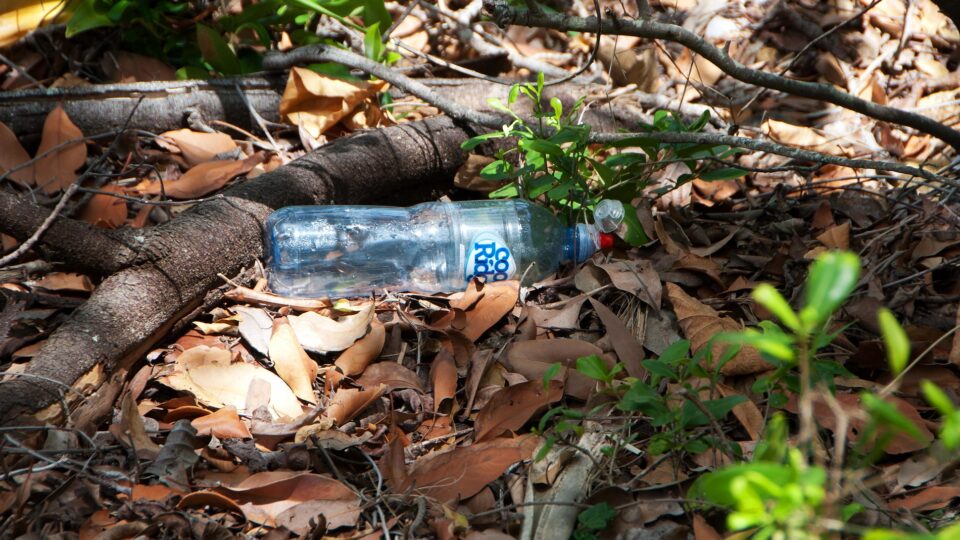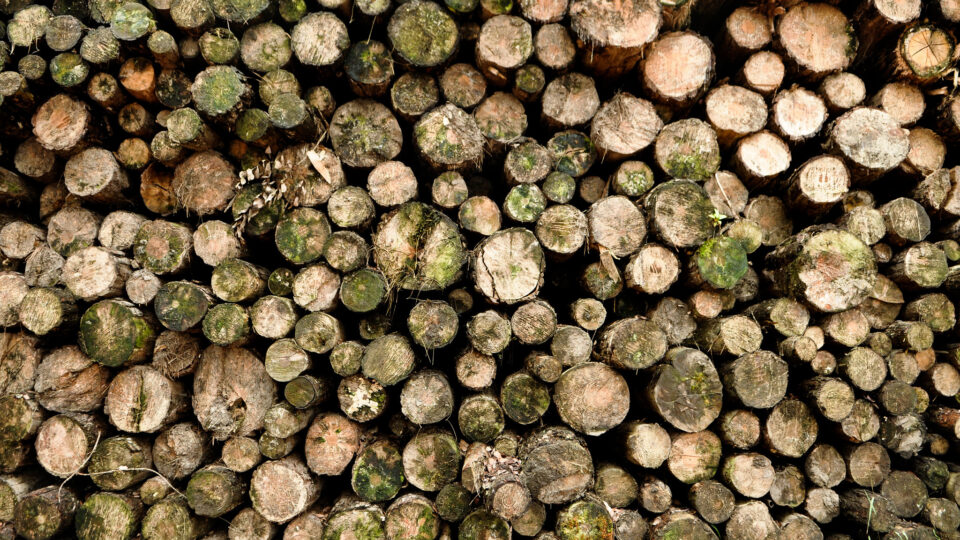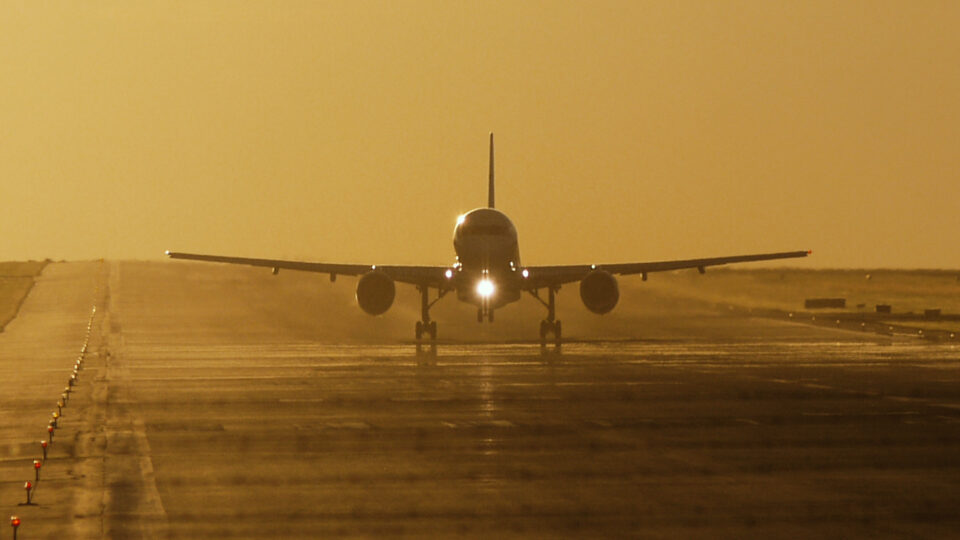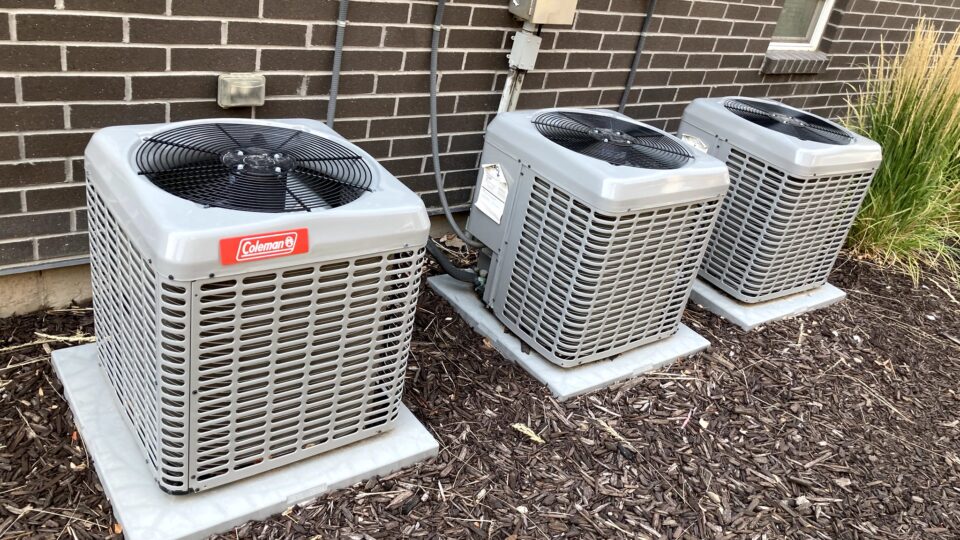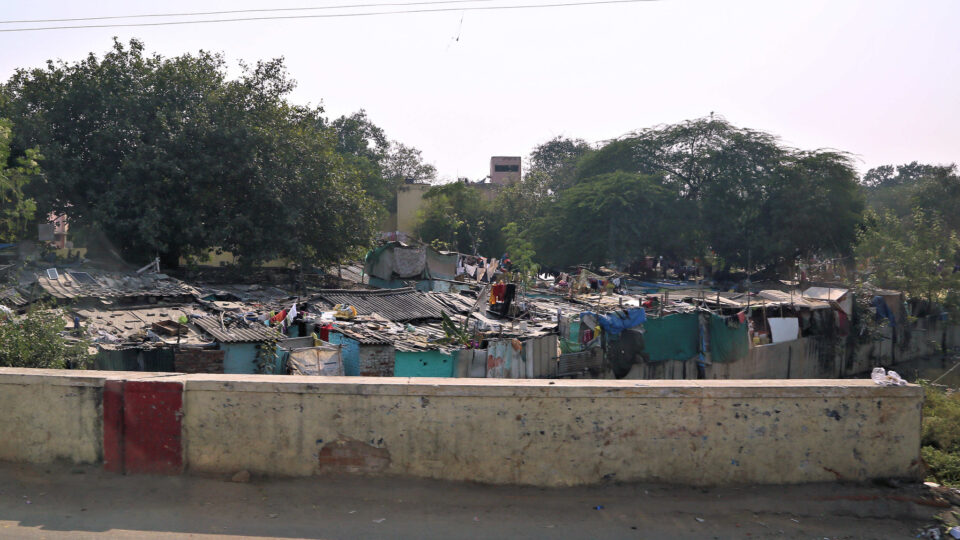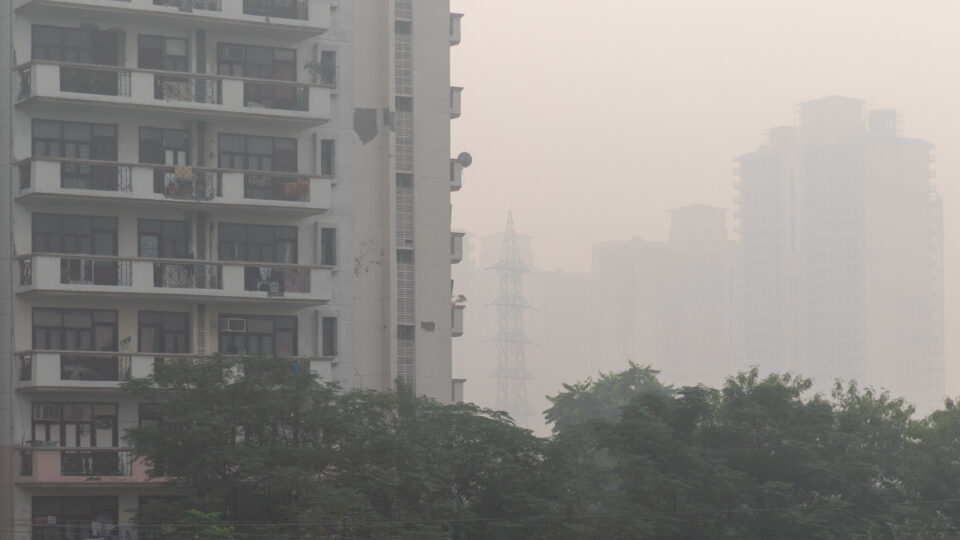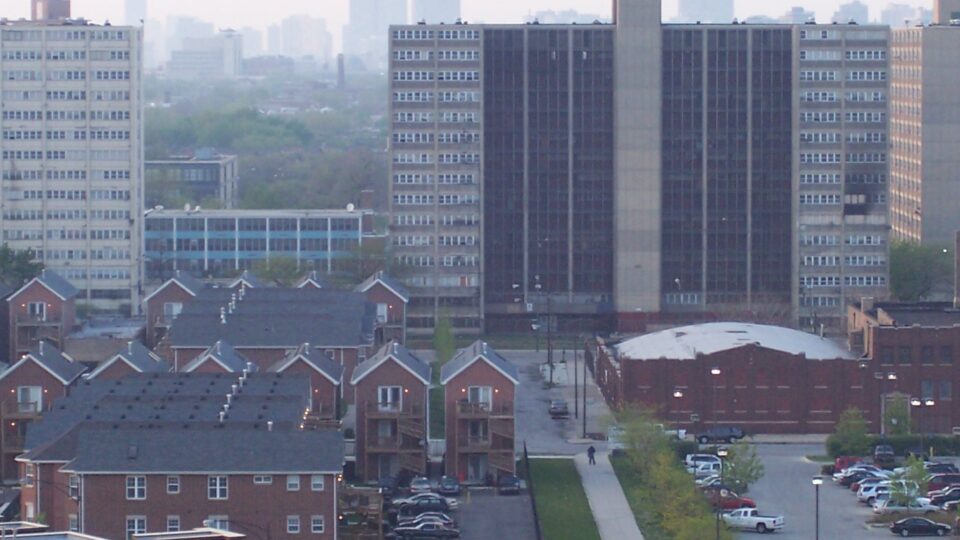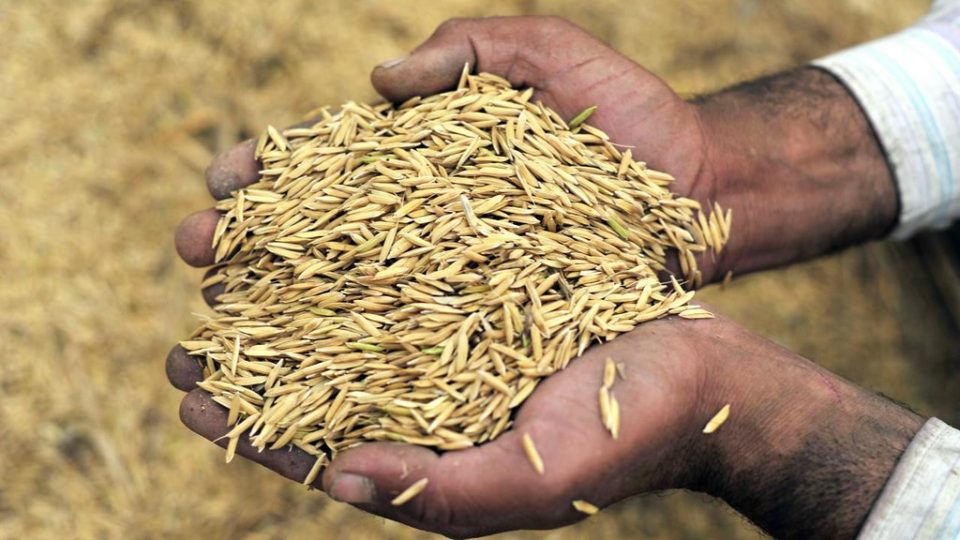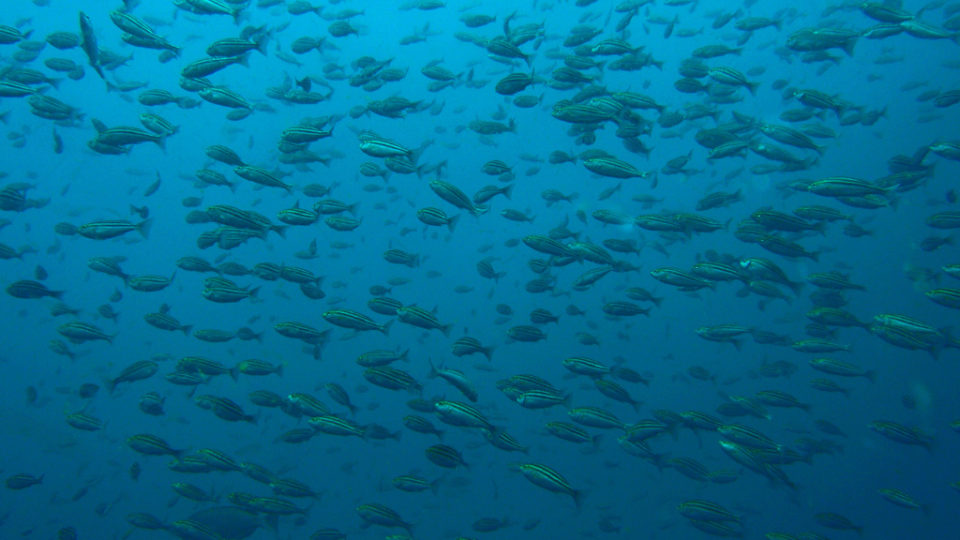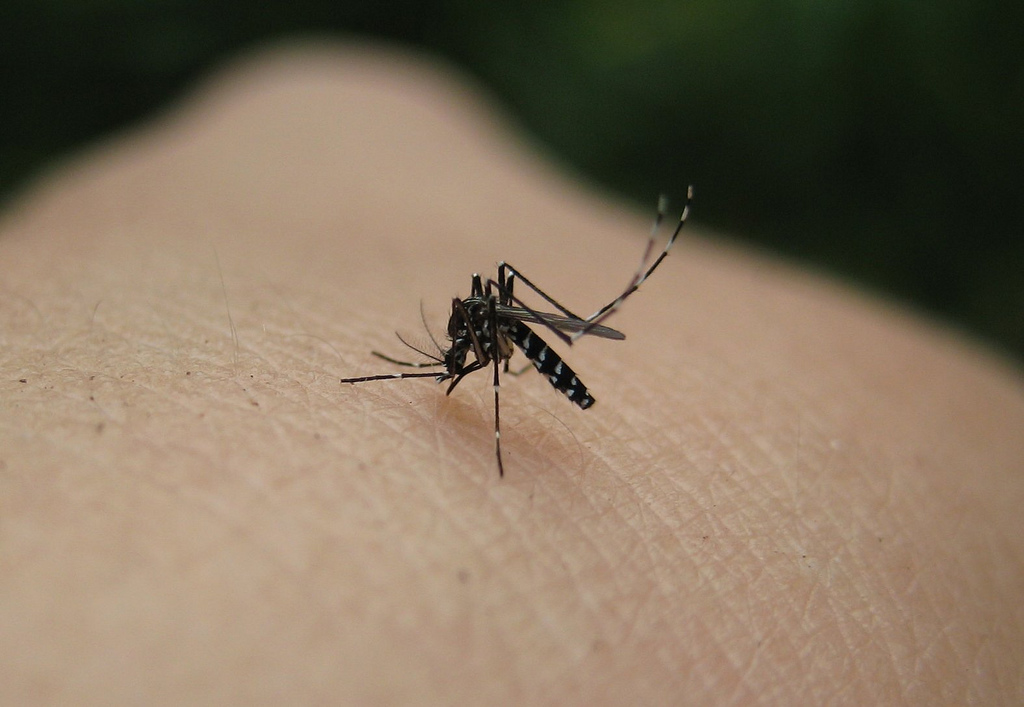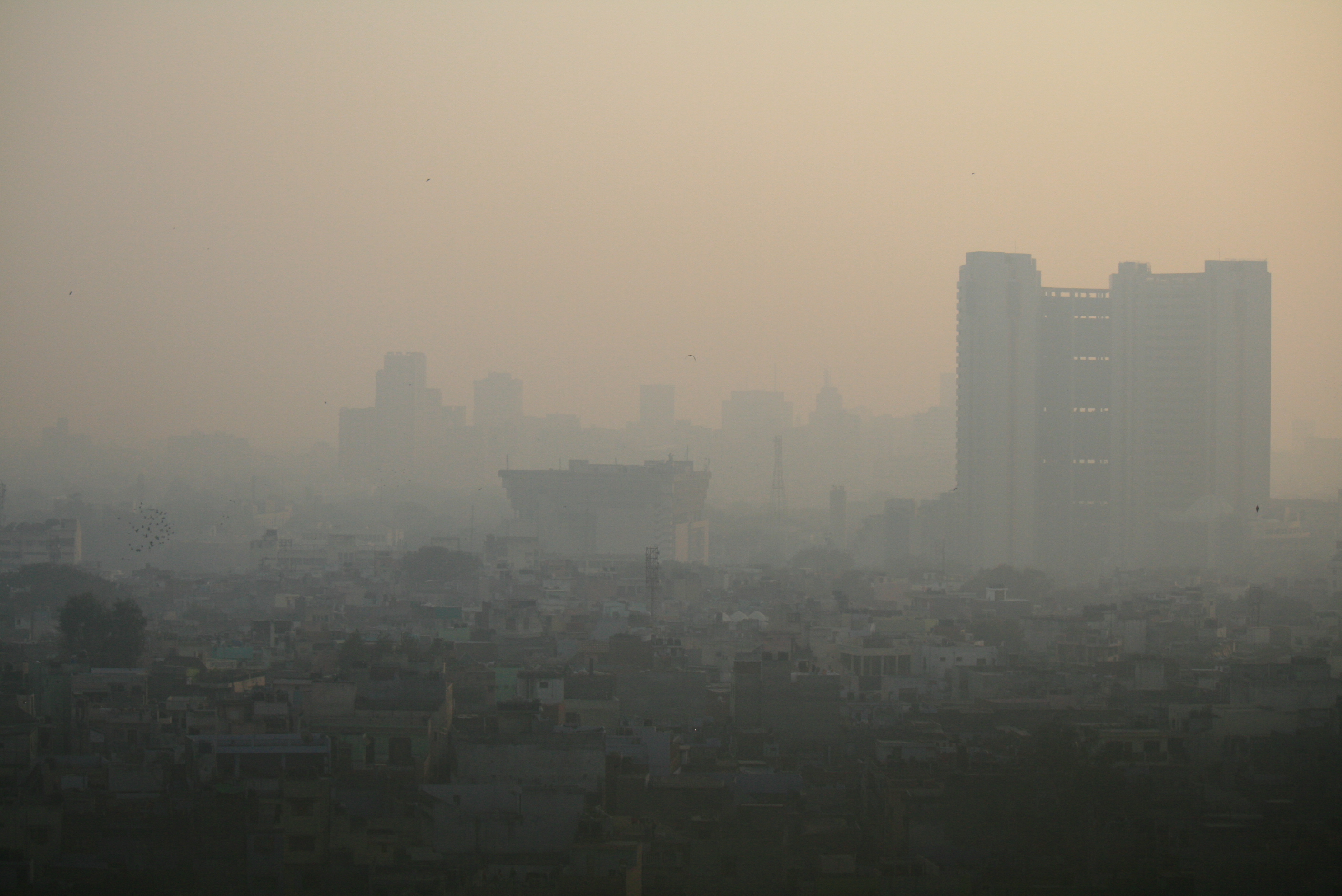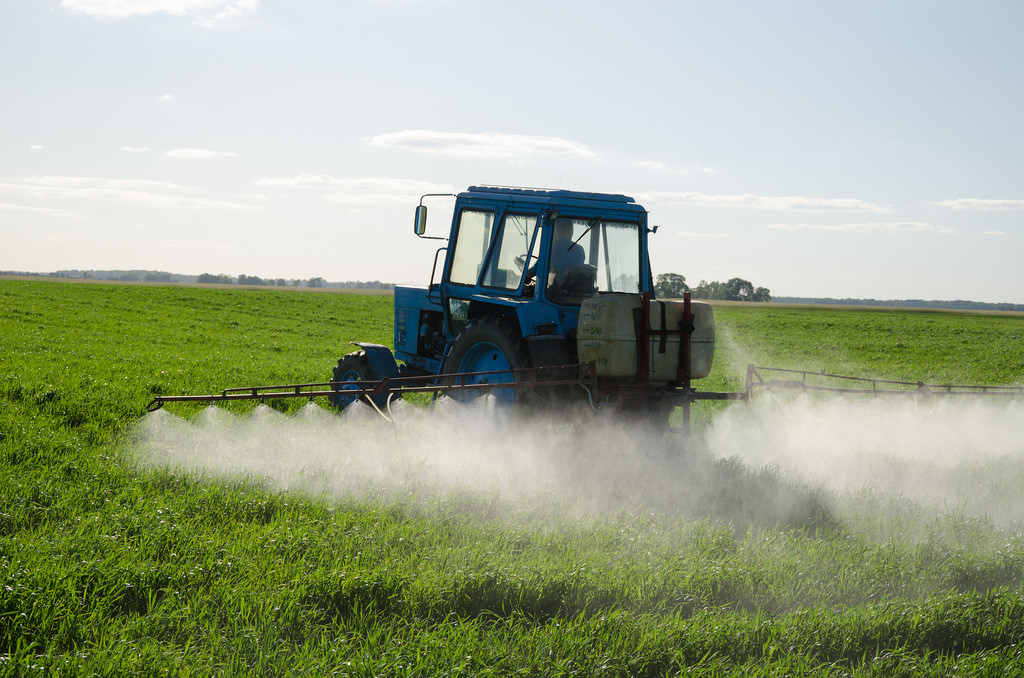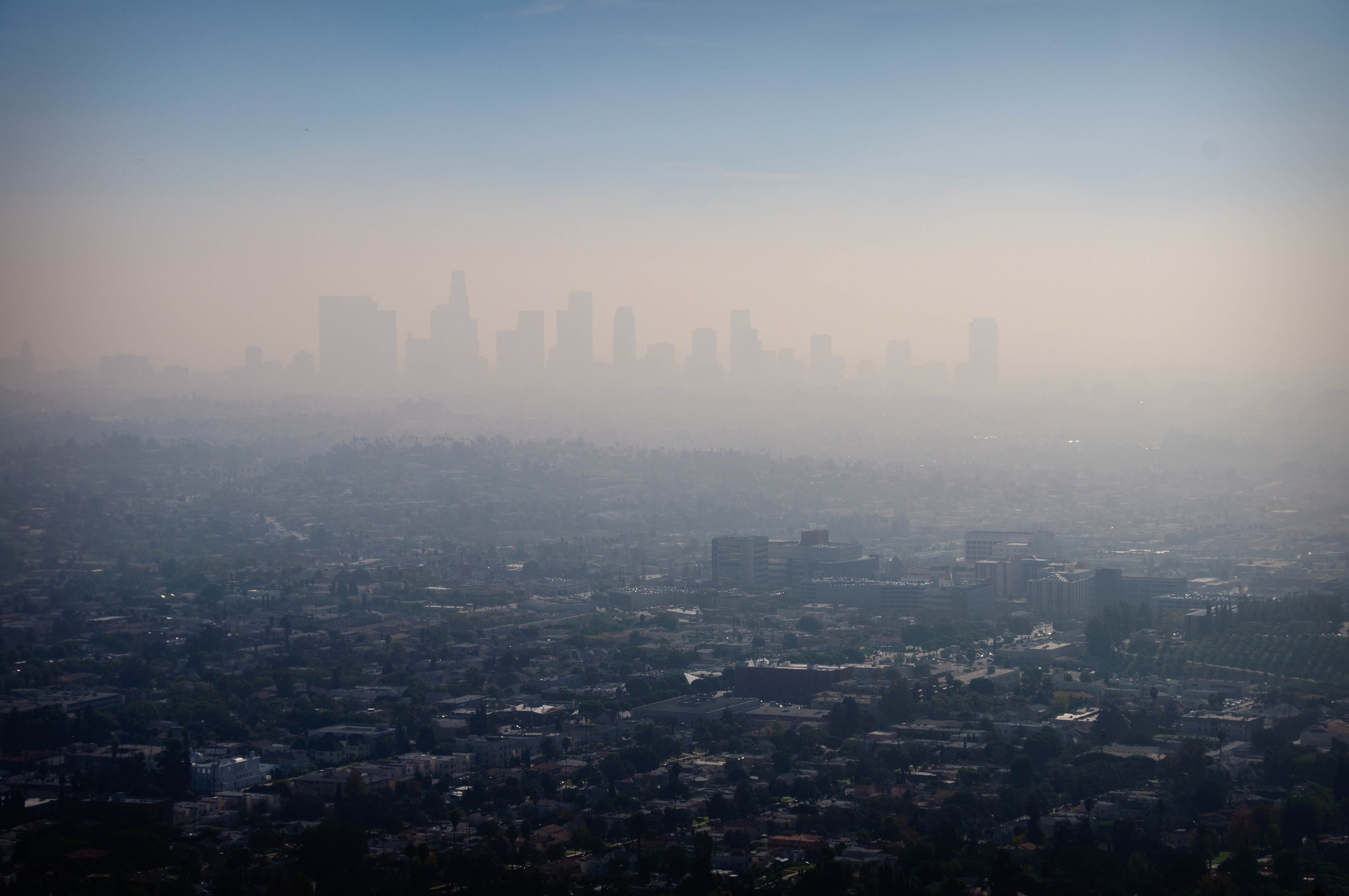Petroleum-based plastics are one of the biggest environmental problems we face. They mostly end up in landfills – or worse, in the oceans and elsewhere in the environment – and they basically don’t decompose over time. Bio-based plastics were invented to help solve the plastic waste crisis. These materials do break down in the environment providing a potential solution to the problem. But it turns out that they can actually make plastic waste management even more challenging.
The problem is that bioplastics look and feel so similar to conventional plastics that they get mixed in with the petroleum-based plastics rather than ending up in composters, where they can break down as designed.
Mixtures of conventional and bioplastics end up in recycling streams where they get shredded and melted down, resulting in materials that are of very poor quality for making functional products. The only solution is to try to separate the different plastics at recycling facilities, which is difficult and expensive to do.
Scientists at Lawrence Berkeley National Laboratory, the Joint BioEnergy Institute, and the incubator company X have invented a simple “one pot” process to break down mixtures of different types of plastic using naturally derived salt solutions and specialized microbes and then produce a new type of biodegradable polymer that can be made into fresh commodity products.
The team is experimenting with various catalysts to find the optimum way to break down polymers at the lowest cost and are modeling how their processes can work at the large scales of real-world recycling facilities. Chemical recycling of plastics is a hot topic but has been difficult to make happen economically at the commercial scale.
**********
Web Links
Putting an End to Plastic Separation Anxiety
Photo, posted November 28, 2016, courtesy of Leonard J Matthews via Flickr.
Earth Wise is a production of WAMC Northeast Public Radio
